The Magnificent Moose: A Majestic Symbol of the Wilderness
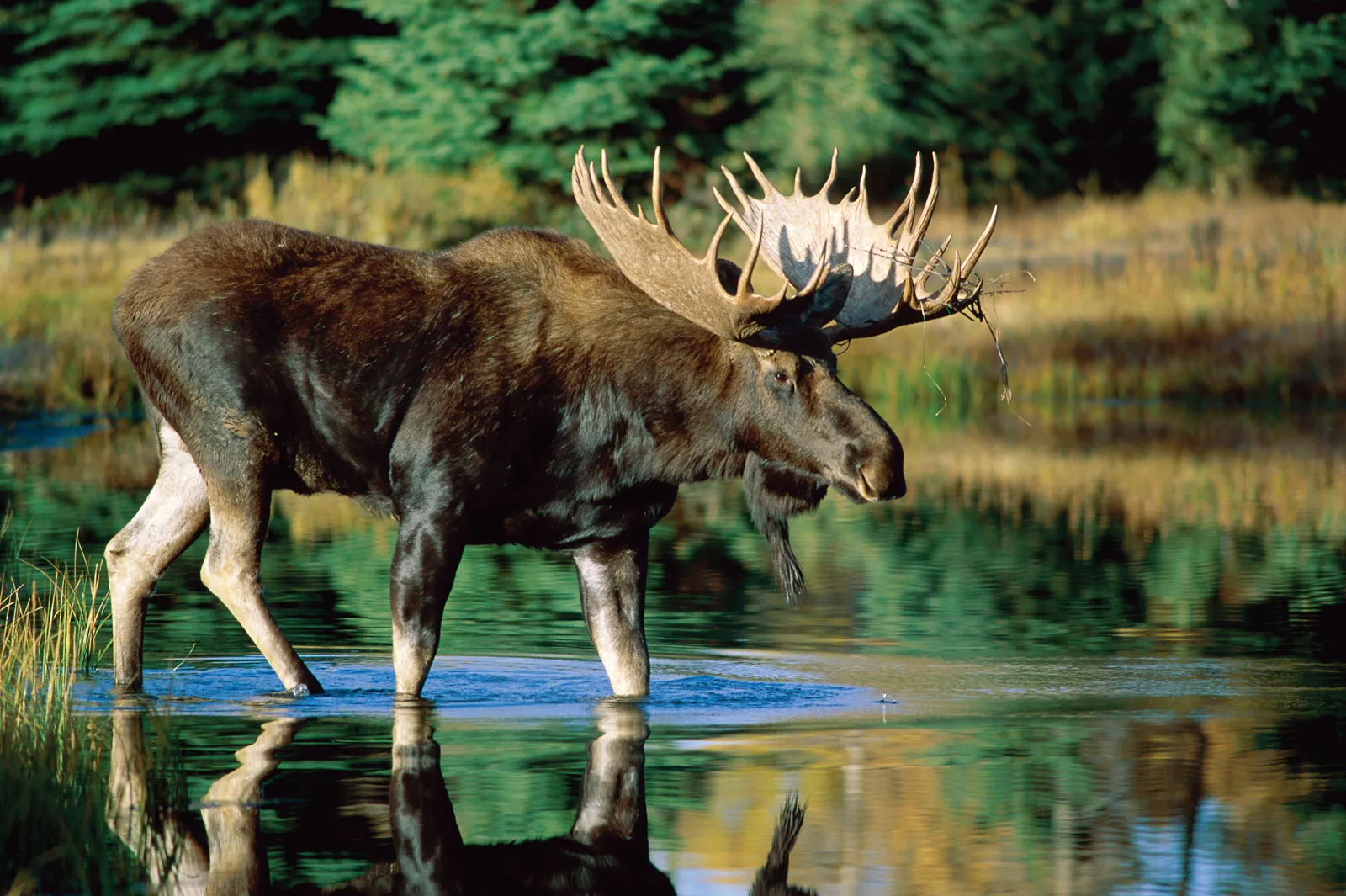
The moose, scientifically known as Alces alces, is a remarkable creature that roams the vast wilderness of North America, Europe, and Asia. It is the largest member of the deer family and possesses an undeniable presence that captivates the imagination of nature enthusiasts worldwide. With its imposing size, unique physical attributes, and fascinating behavior, the moose has become an iconic symbol of the untamed wilderness.
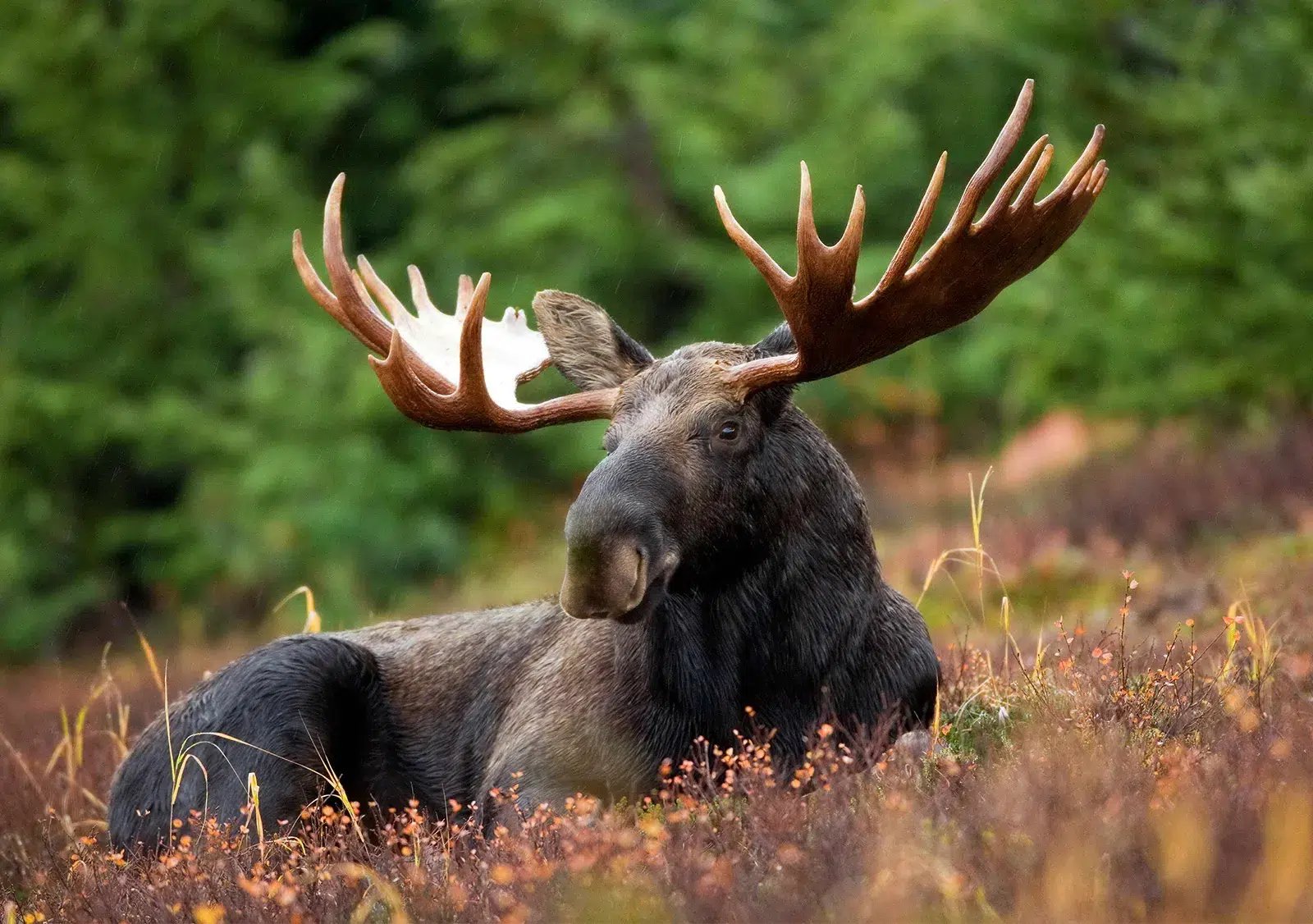
One of the most striking features of the moose is its sheer size. Adult males, known as bulls, can reach a towering height of up to six and a half feet at the shoulder and weigh as much as 1,500 pounds. Their enormous antlers, which can span up to six feet in width, are a testament to their grandeur. The antlers, shed and regrown annually, are primarily used for sparring during the mating season, or rut, when dominant bulls engage in fierce battles to establish their breeding rights.
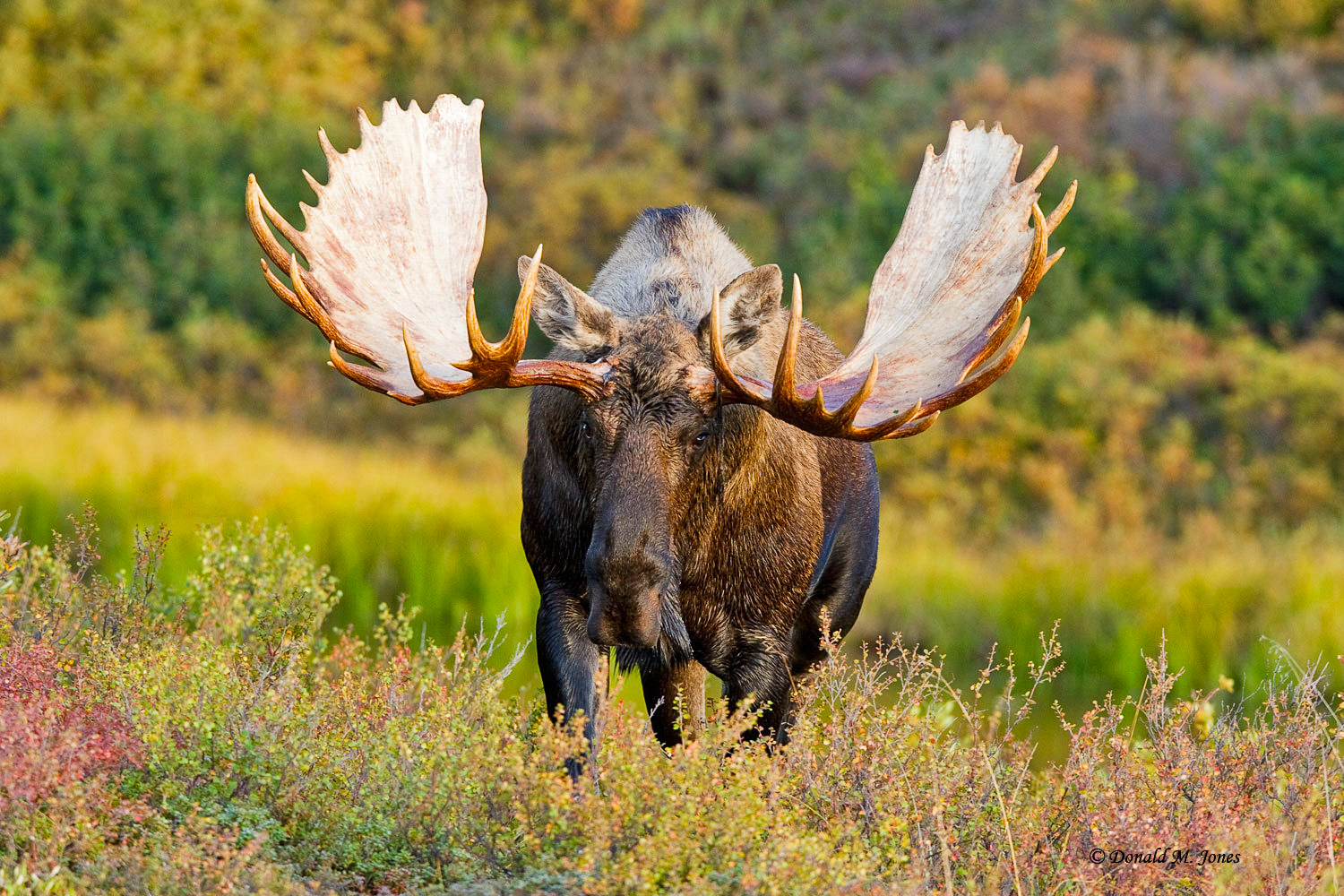
Beyond its size, the moose possesses several unique physical adaptations that enable it to thrive in its natural habitat. Its long, muscular legs are perfectly suited for traversing through deep snow and wading in lakes and marshes. The moose’s broad, flat muzzle and specialized upper lip allow it to efficiently strip leaves, bark, and aquatic vegetation, forming the bulk of its herbivorous diet. It has a keen sense of hearing and smell, which helps it detect predators, such as wolves and bears, allowing for swift evasion if necessary.
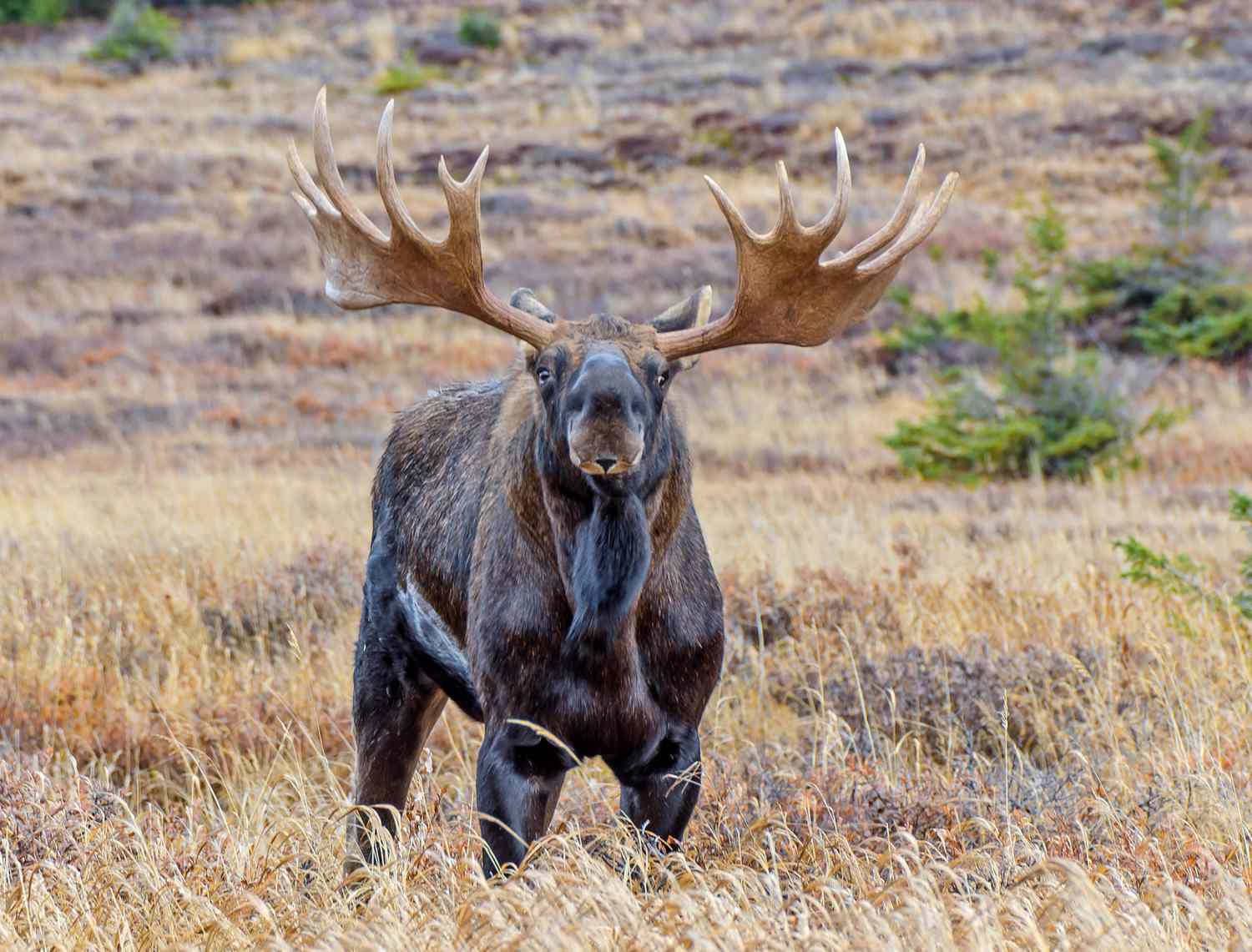
The moose is known for its solitary nature, except during the mating season when bulls seek out potential mates. During this time, the air resonates with their distinct vocalizations, known as “bellows,” as they attract females and intimidate rival males. The cow moose, typically giving birth to one or two calves, fiercely protects her young, displaying remarkable maternal instincts.
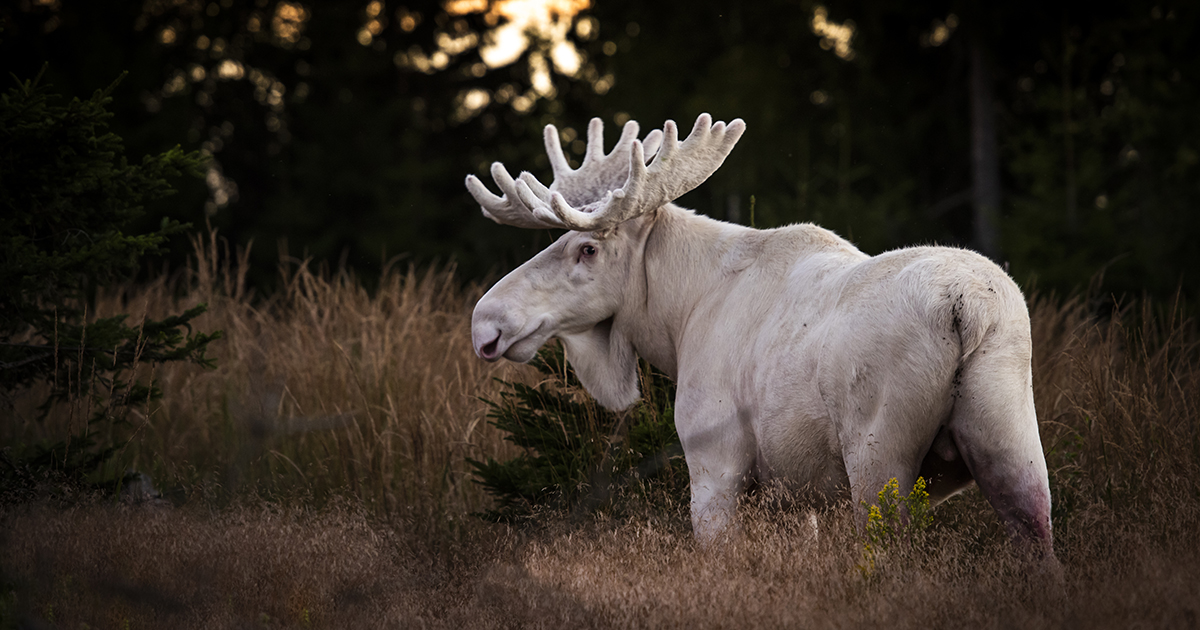
Moose play a crucial ecological role in their habitats. As herbivores, they shape their environment by feeding on plants and controlling vegetation growth. By browsing on young trees and shrubs, they prevent forests from becoming overly dense and allow for the regeneration of diverse plant species. Additionally, their droppings serve as a source of nutrients for smaller organisms, contributing to the overall health of the ecosystem.
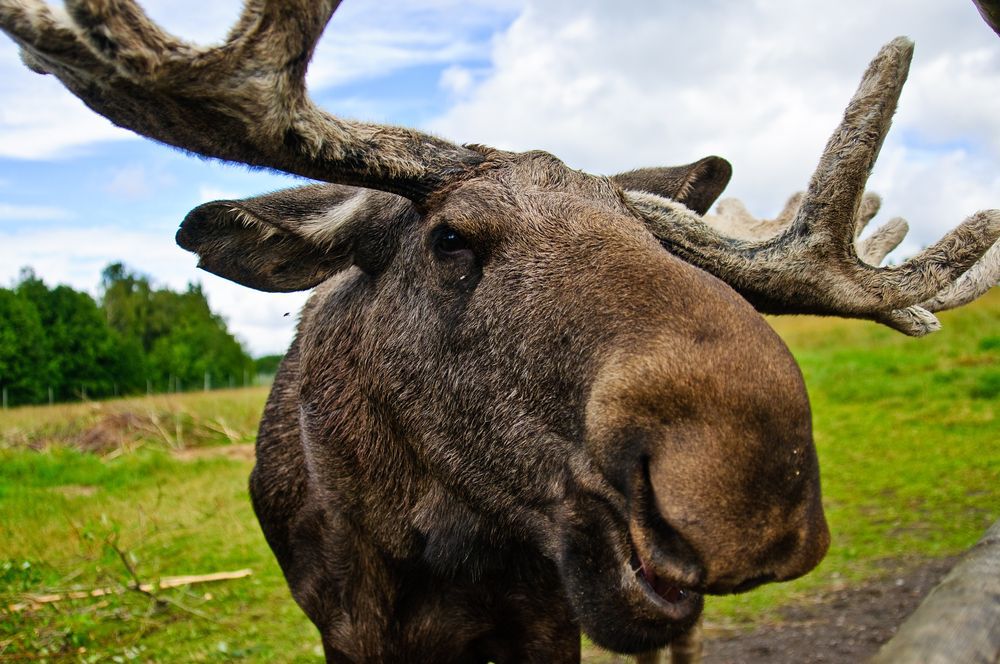
Unfortunately, the moose faces several challenges in the modern world. Habitat loss due to human development, climate change, and predation pressures are significant concerns. Rising temperatures can lead to an increase in parasites, such as ticks, affecting moose populations. Conservation efforts and sustainable management of their habitats are crucial to ensure the survival of these majestic creatures.
Despite these challenges, the moose continues to inspire awe and admiration among nature lovers and serves as a powerful symbol of the wild. Its magnificence, strength, and ability to adapt to harsh environments make it an enduring icon of untamed beauty. Preserving their habitats and respecting their existence is not only vital for the moose’s survival but also for the preservation of our planet’s natural heritage.



